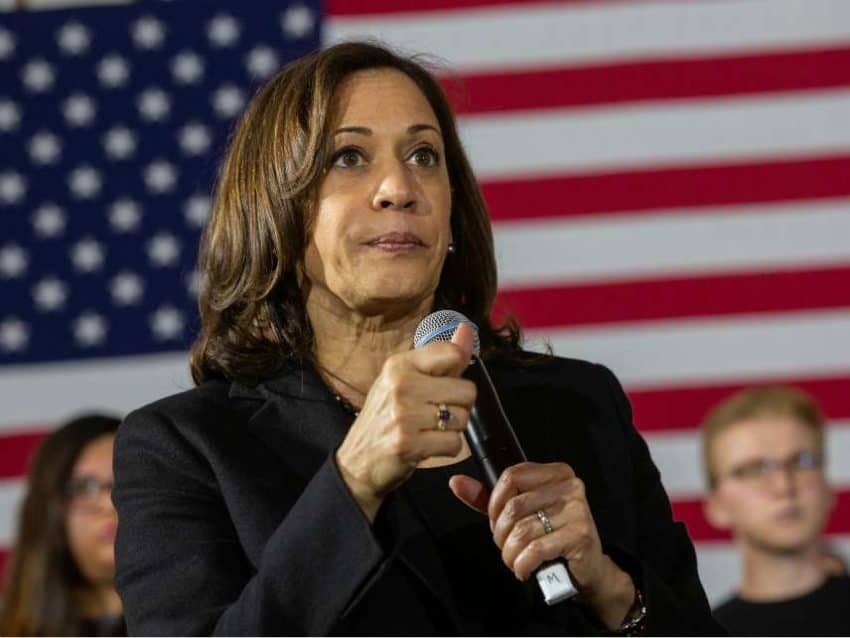Vice President Kamala Harris has put forth a series of economic proposals that align with socialist principles, targeting issues like housing affordability and economic inequality. Among the most notable is her proposal for national rent control, which aims to cap annual rent increases in areas where housing costs have skyrocketed. This initiative is intended to protect tenants from sudden, unaffordable rent hikes. However, the history of rent control in cities like New York and San Francisco suggests that such policies often lead to unintended consequences. In these cities, rent control has been linked to a reduction in the overall rental housing supply as landlords convert rental properties into condominiums or choose other uses for their properties. As a result, the quality and availability of rental housing decline, and rents in uncontrolled segments of the market tend to rise, exacerbating the very affordability issues the policy seeks to address.
In addition to rent control, Harris has proposed government-funded down payments for first-time homebuyers, with a particular focus on low-income and minority communities. This policy is designed to lower barriers to homeownership, which have historically been higher for these groups. While the intention is to increase homeownership rates, there are concerns about the potential for market distortions. Similar interventions in the past have shown that injecting government funds into the housing market can lead to higher home prices if demand increases without a corresponding rise in supply. This dynamic was a contributing factor to the housing bubble that precipitated the 2008 financial crisis, which led to widespread foreclosures and a severe economic downturn.
Moreover, Harris’s proposal includes implementing price controls on essential goods like food, a measure intended to combat rising costs and make basic necessities more affordable for consumers. Historical evidence from the United States during the 1970s, Zimbabwe in 2007, and Venezuela in the 2010s suggests that such price controls often lead to significant unintended consequences. In these cases, price controls resulted in reduced supply, as producers could not cover their costs at the mandated prices. This led to widespread shortages, the emergence of black markets, and a decline in product quality. For example, during the 1970s oil crisis in the U.S., price caps on gasoline resulted in severe fuel shortages and long lines at gas stations.
The challenges associated with Harris’s proposals are further highlighted by similar experiences in other cities and countries. In Berlin, Germany, a 2020 rent cap led to a 25% reduction in available rental properties as landlords withdrew units from the market. This policy caused rents in uncontrolled segments to rise sharply, ultimately leading to the policy being struck down by Germany’s Constitutional Court in 2021. In Stockholm, Sweden, rent control has created a severe housing shortage, with wait times for rent-controlled apartments extending up to 20 years and a thriving black market for rental contracts. These cases illustrate how rent control, while intended to make housing more affordable, often results in reduced housing supply, diminished quality, and higher prices in uncontrolled segments of the market.
Cambridge, Massachusetts offers a contrasting example where the repeal of rent control in 1994 led to a significant increase in property values by 25-50% and spurred residential investment, improving housing quality. However, the current rental market in Cambridge is characterized by high costs and limited availability. As of August 2024, the average rent in Cambridge is $3,484 per month, with a vacancy rate of just 3.7%, making affordable housing scarce in this highly competitive market. This highlights the complexity of the issue and suggests that while rent control can stabilize prices for some, it may not be the best long-term solution for housing affordability.
The broader implications of these proposals are significant. While Harris’s policies are aimed at addressing social and economic inequalities, they echo measures that have historically led to economic instability and societal harm in other contexts. As the United States considers these proposals, it is crucial to weigh their potential benefits against the risks, particularly in light of past experiences with similar policies. The historical record suggests that government interventions like rent control and price caps often lead to economic inefficiencies, scarcity, and unintended negative consequences, which can ultimately harm the very populations they are intended to help.


